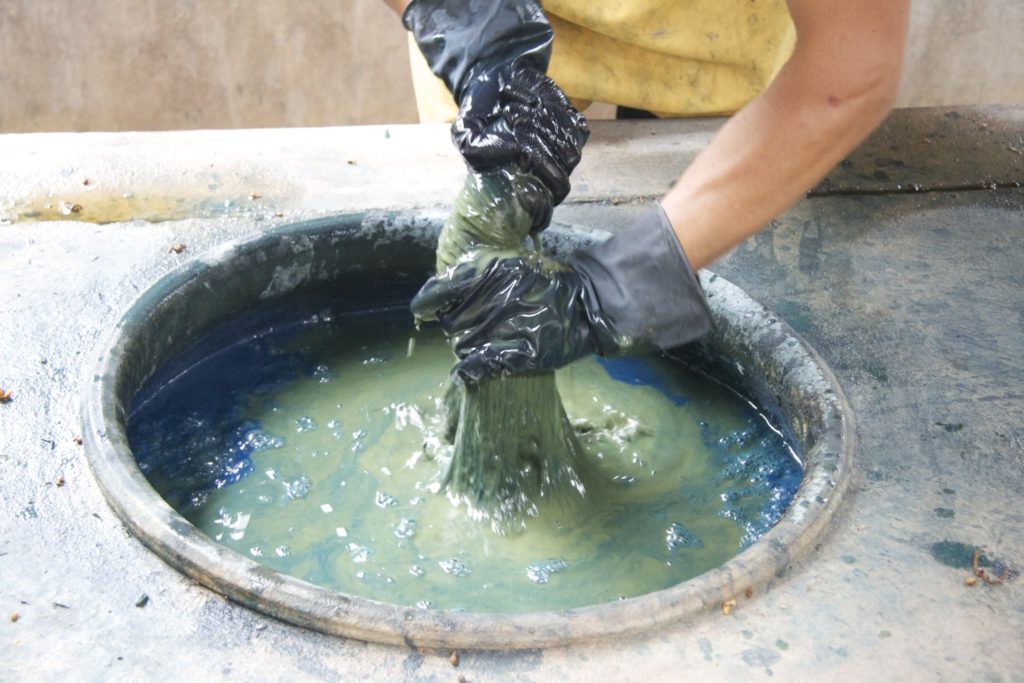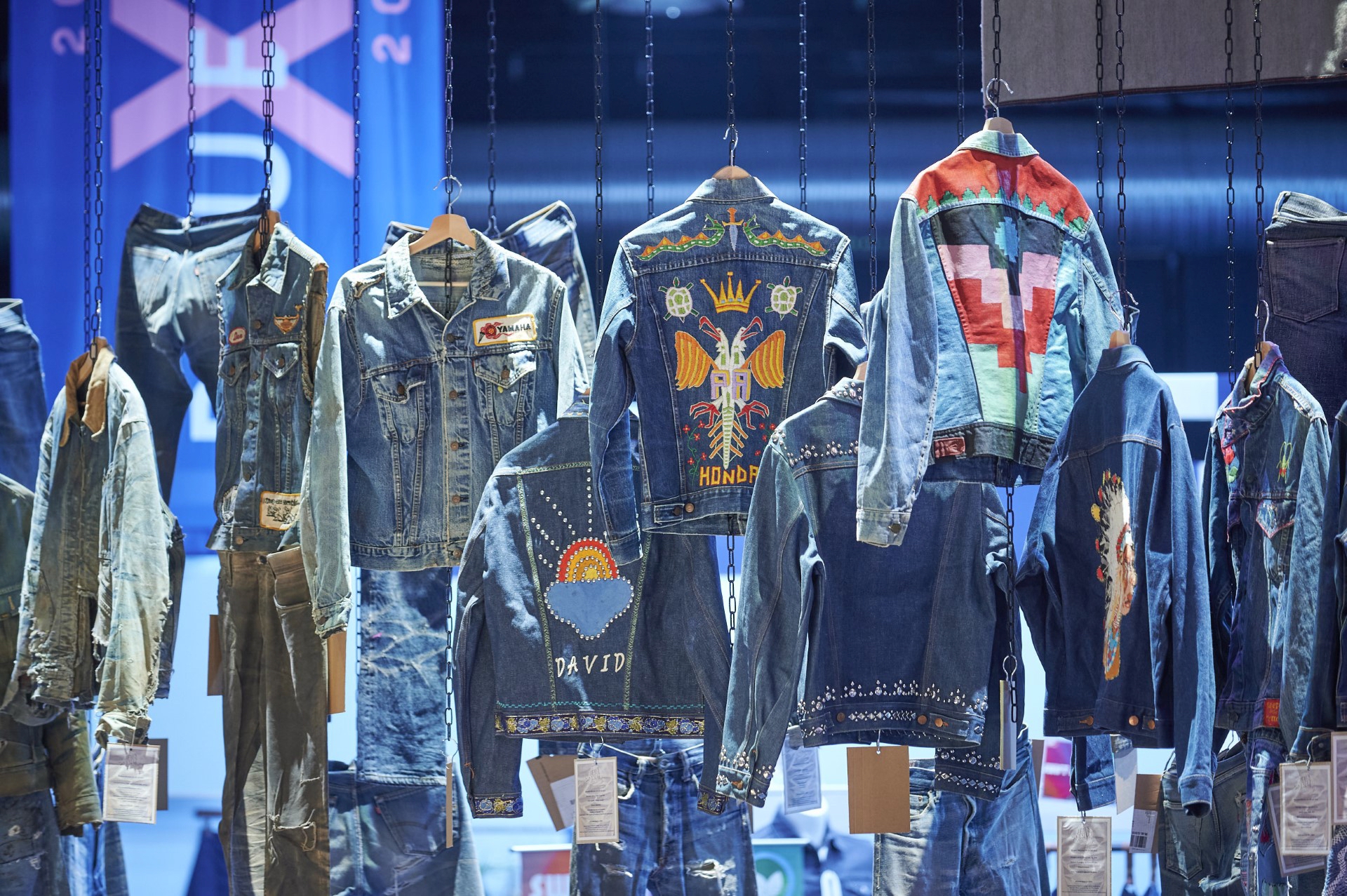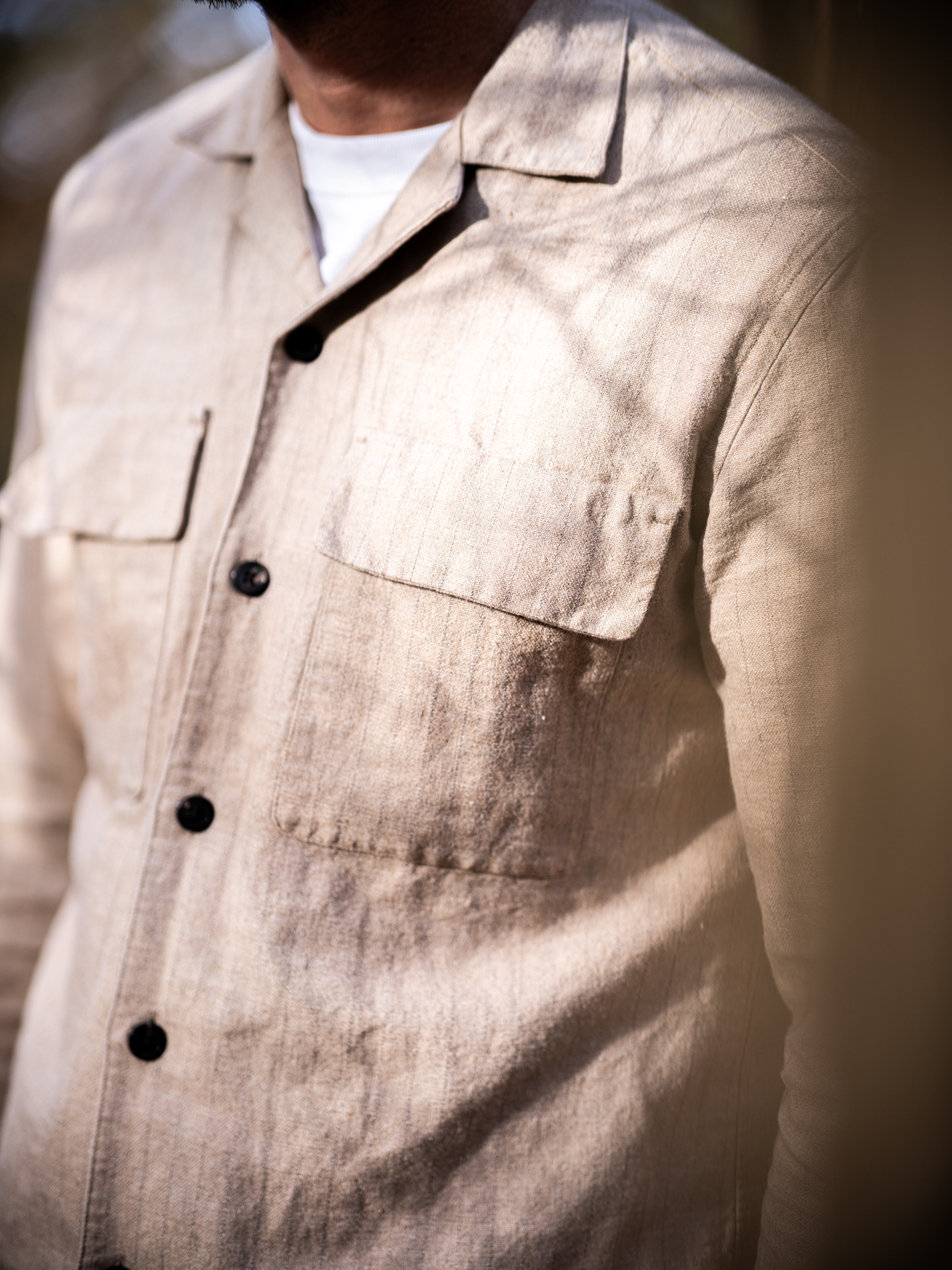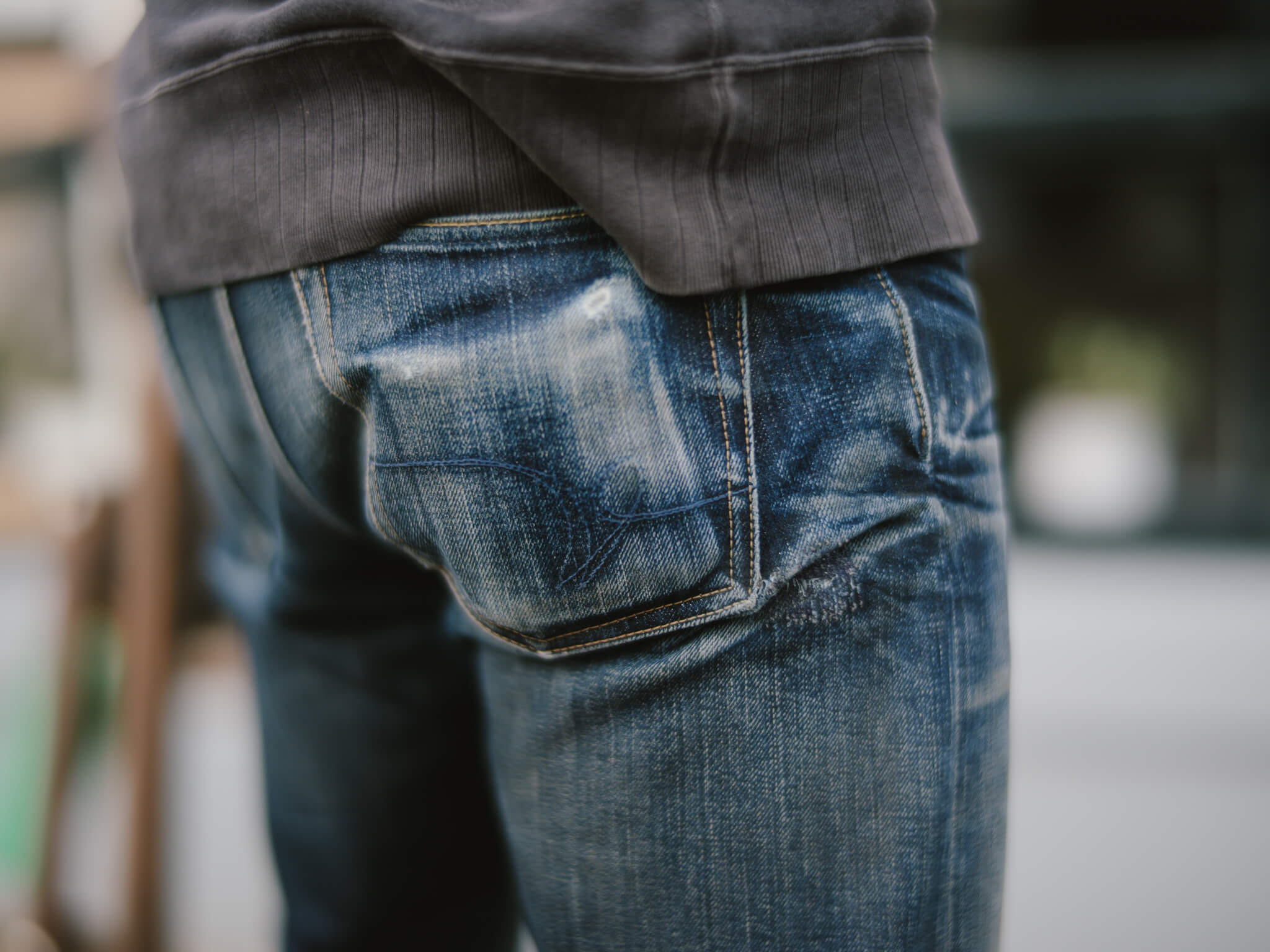Indigo
I bet that over 75% of you are wearing blue jeans while reading this article; and probably already knew that blue jeans get that blue color from Indigo. But did you know that Indigo has been used to dye clothes for over 4000 years? In this article we will dive into the depths of Indigo, a dye as complex as all the blue shades that meet the eye.
Indigo is one of the oldest natural dyes and has been used for many centuries. When some archaeologists opened a tomb in Egypt they found some Indigo dyed linen in mummy cloth. And also in traditional Indonesian Batik, Indigo has already been used for centuries. Nowadays, it’s especially known because of blue jeans.
Indigofera
Over fifty different species of plants produce a usable quantity of natural indigo. Most natural indigo is obtained from plants of the Indigofera genus. The Indigofera genus counts over 750 species and grows throughout the tropical regions of the world. It is a complicated process to extract the dye from the plant.
To extract the usable ingredients from the plant, the leafs have to be soaked at a high temperature so that fermentation takes place. The yellowish liquid extracted from the plants has to be tapped and refined. In this whole process you will not find any blue until it gets in touch with oxygen. The liquid is then refined again, and dried into cakes and then ground into powder.

Natural vs. synthetic
Until 1880 natural Indigo was the only way to give clothes this really deep blue color. At that time there was a German chemist named Adolf Baeyer who started working with Indigo and this resulted in Synthetic Indigo in 1880. At the end of the 19th century the formula of synthetic Indigo was put on the market and in 1913 natural Indigo was almost fully replaced by synthetic Indigo.
Natural Indigo has a lot of impurities that will result in color variations on the fabric. Also, the finalized blue color depends on where the Indigo was grown and the weather at the time. Therefore, natural Indigo is difficult to produce and this, combined with the lower price of production of synthetic Indigo, is the reason why a lot of companies work with synthetic Indigo instead. In contrast to natural Indigo, Synthetic Indigo is very solid, it will create an even blue color that does not vary.
Indigo dying
Preparation of the dye, and the dyeing process itself requires a lot of work and knowledge. The Indigo dye powder is insoluble with water until the oxygen is removed. With the help of bacteria and chemicals there will be a new fermentation process. Before the Indigo can bind with the fabric some lye has to be added to it (for example: Soda, Potas or Urine). After some time the mixture becomes yellowish and clear again and is ready to start dyeing.
The Indigo dye turns into green, as does the fabric until it gets in contact with oxygen. The more often the fabric is dyed with Indigo, the deeper the blue becomes. The dye does not infiltrate to the core of the yarn, but it will cumulate around it. This is the reason why denim will fade over time.
 Share
Share
 Tweet
Tweet



